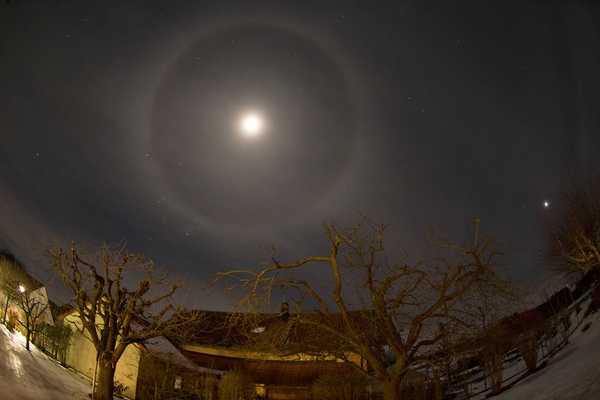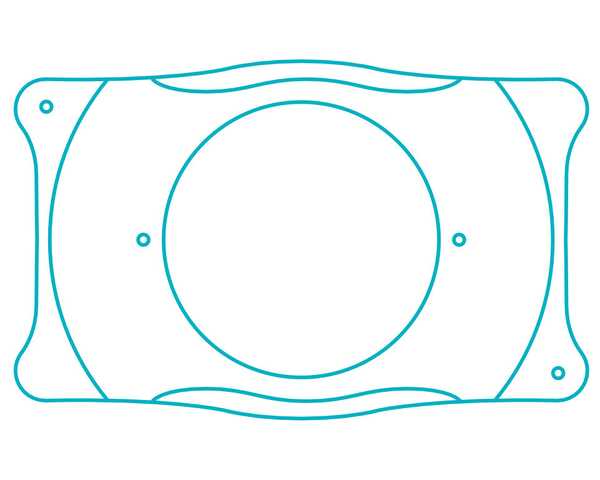How Long Is The ICL Recovery Time?
The very cool thing about ICL is that it leads to dramatic improvements in vision. Also cool is that the recovery process isn’t all that long.
Immediately after the procedure, you can expect to have some blurry vision. It is like you are looking through a thick ointment. Most of this blurry vision is actually just related to eye drops. Eye drops are great at dilating your eye and great at preventing infection, but they do irritate the heck off the surface of the cornea.
This irritation causes a general haziness to your vision. In addition, this irritation can cause the eyes can feel scratchy and it can be difficult to keep your eyes open.
You may notice some improvement throughout the course of the day after the procedure, however, most of this irritation heals up overnight when the eyes are closed while sleeping. Taking artificial tears throughout the first day can help the cornea heal up quicker.
Also immediately after the procedure, your eyes will be dilated. Dilation is important as it allows the surgeon to tuck the ICL lens underneath your iris. Dilation, however, lasts for quite a long time. For some people, the dilation wears off after about six hours. Others, however, can notice their eyes being dilated for the next day and rarely two. Typically when your eyes are dilated, your vision can be more blurry (especially up close) and you will have some extra halos.
What About Dry Eye During The ICL Recovery?

Avoiding dry eye; image by Basile Morin / CC BY-SA
Lasik is well known to have some short-term dryness after the procedure. Some people notice very little dryness, others notice more and require treatments to facilitate the improvement. ICL, on the other hand, largely eliminates extra dryness! While lasik and PRK have dryness for the first few months, ICL patients don’t experience much. But there will be a little bit for the first week or two.
Eyedrops
There are almost no eye procedures that have zero dryness. Simply taking eyedrops can cause some dryness. Most eyedrops contain preservatives to prevent the eyedrop from going bad. These preservatives can irritate the eyes. The actual medicine in eye drops can also irritate the eyes. Thus, procedures that require eyedrops (pretty much all procedures) will have some dryness and irritation. ICL does require eyedrops after the procedure, thus, there is a small degree of irritation and dryness from those eyedrops.
Small effect on Cornea
Any procedure that affects the cornea will also have dryness. This is the main reason that laser vision procedures cause dryness; these procedures affect a large area of the cornea. While the cornea is healing, it will have some extra dryness and inflammation. ICL affects the cornea to a much smaller degree (mainly just the tunnel created to insert the lens) and thus less dryness.
ICL patients will still have a week or two of some dryness and possibly some related fluctuation in their vision. But when compared to laser vision correction, however, dryness is all but practically eliminated.
Does ICL Have Halos?

Everyone with a high prescription will have some halos in their vision whether they treat their vision with ICL or laser eye surgery.
When you look at the actual ICL lens, there is circle in the middle surrounded by a rectangle. The circle in the middle is the part of the ICL which corrects your vision. The rectangle part of the lens is the structure which tucks underneath your iris.

ICL lens; image © Staar Surgical / Used with permission
Halos with ICL are caused by your eye dilating past the circle part of the ICL. When the eye dilates past the circle, light is able to escape around the circle to reach the back of the eye. Because this light isn’t in focus, the effect is of a halo around lights. So these halos are typically noticed in dim or dark settings when the eye dilates.
This is a similar effect to what happens with contact lenses. Many people, however, forget they ever had these symptoms with contact lenses since gradually over time the brain adjusts to these halos. And it’s the exact same thing with ICL (and also lasik & PRK). Over time, the brain learns to ignore these halos in your vision and thus they just gradually fade away with time.
Unfortunately, this isn’t a quick process. It can take a few months. And so it does take some patience. Each month things are slightly better than the previous month until you just don’t really notice it anymore.
Summary
After the first few days, much of ICL has healed up. Following that time, there is a little bit of dryness to heal up, but the remainder is just simply adapting to the brand new vision and allowing the halos to fade with time. Leaving you with great corrected vision.
Related Articles
Also check out EyeMountain.com for more great eye articles
Please note: The general information provided on the Website is for informational purposes only and is not professional medical advice, diagnosis, treatment, or care, nor is it intended to be a substitute therefore. See the Disclaimer and Terms of Use for more information
.jpg)